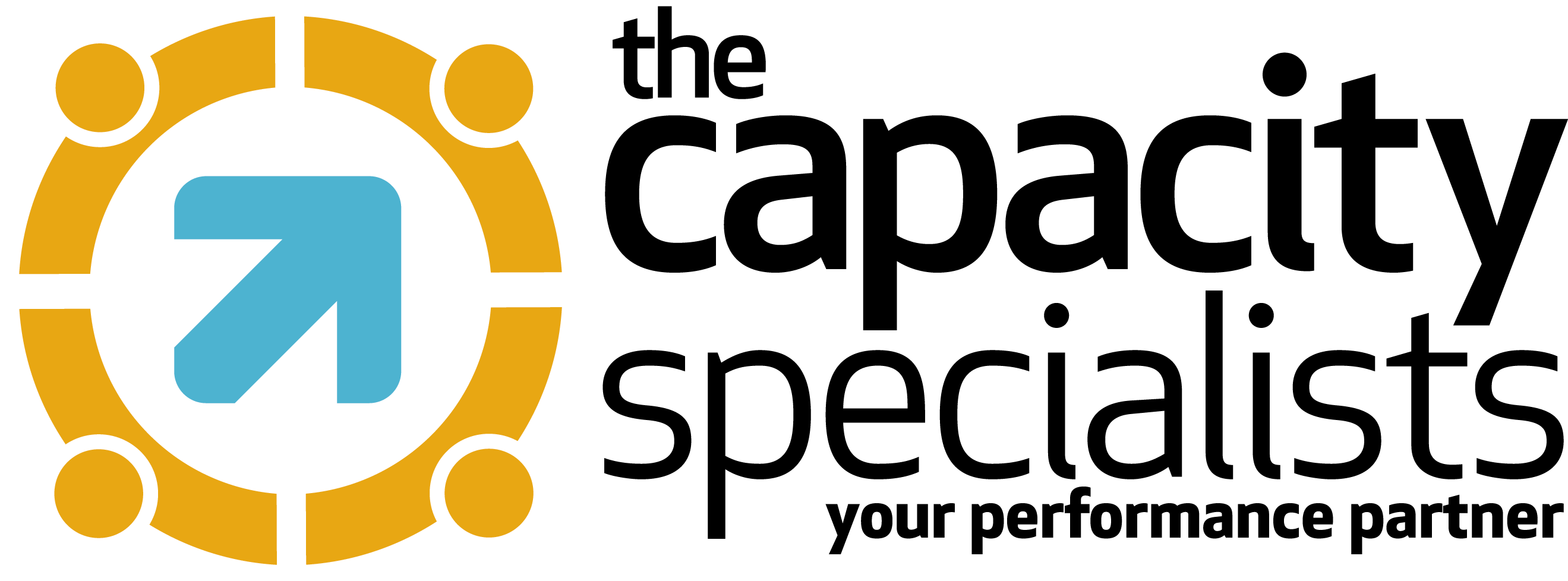The Truth About Innovation Training: Is It Really Effective?
It might seem strange for me to say this as a service provider, but I want to be completely honest with you. The truth is, 90% of the time, your company does not actually NEED innovation training.
When is innovation training usually considered?
- Training is often the go-to solution when management decides to innovate.
- Competitors threatening your position in the market, innovation in our Mission, Vision and Values!
- Trying to find a niche for the organisation, innovation training!
- Sales and revenue dropping, innovation workshops!
Three days and $10,000 later, nothing’s changed, and it’s so easy to say that the innovation training was ineffective.
Was it, though?
Before you decide to jump on the innovation bandwagon, I’d like to take this opportunity to have an honest, no holds barred conversation with you, the decision maker. It is important that you understand a few things before you invest in innovation training in your organisation.
Knowledge Does Not Change Behaviour
About 80% of training does not produce the desired result.
Having knowledge about something does not mean that you will do it. If knowledge alone could change behaviour, we all would be eating more dark green leafy vegetables, exercising more, and we all would lose 20 pounds.
Yet, we don’t.
Smokers can tell you a dozen good reasons why smoking is bad for you, but they still smoke.
Just because you do something does not mean you’re good at it. Try sky diving, making a sales call, or even just driving a motorbike through Phnom Penh. It takes consistent, conscientious practice before being good. Just because you’re good at something, does not mean you would bring that behaviour to work.
Applying The ‘Innovation Mindset’ In Your Organisation
Innovation in an organisation is so much more than just brainstorming techniques, and “putting a suggestion box” or having “the CEO talking about how important innovation is.”
Here are some key things to keep in mind when thinking about innovation in the workplace:
- Innovation takes more than just knowledge.
- It requires commitment from management in the form of focus, and the willingness to commit time, energy, manpower, and money.
- It requires staff to have a set of skills that they have learnt and practiced.
- It requires an environment in your company where staff can experiment and explore and make mistakes without blame.
- It requires you to be able to enjoy making 100 things that do not work so that you can have that one product or service that will change the world.
What Problem Are We Trying To Solve With Innovation?
As training providers, we die a little inside every time we hear management say, “The staff just needs to be trained” and the results will magically happen afterwards. In almost every meeting, we work with management to take a couple of steps back and ask, “what problem are we really trying to solve?”
There are just so many ways for a person to innovate, aren’t there? Products, services, internal processes, branding, marketing, and sales methodologies. It’s not just “let’s do an app” or “let’s use human-centered design tools” or any of the buzzwords.
Innovation is not about the tools you use; it is about the problem that you are trying to solve.
Taking that extra time at the start to identify the problem at a management level can be the difference between making a 10X return on your innovation investment or having your staff get resentful of your efforts. This time will prevent you from feeling like you have wasted the money at the end of a 3-day workshop.
Are You Ready, Willing and Able To Innovate?
The innovation journey is not easy. Any kind of work to explore the boundaries of your business requires time, mental and physical energy from you and your staff, and the space to experiment and fail. Money is the least of your problems.
Are you, as management, willing to commit to the innovation process? Does it show in the way your ideas cascade down to staff?
Are the people in the organisation ready to act? Have they bought into the problem you identified? Telling them, “The management needs to make more profit this year” is not enough motivation for staff and team leaders.
Keep the following in mind during this process:
- Are you willing to take action?
- What is in it for you?
- What is in it for the rest of your organisation?
- Are you willing to trust staff to come up with ideas that they can experiment with and test?
- How have you communicated that to the rest of the organisation?
The final step of this process is the tools. Do you have the knowledge to implement innovation systems in the workplace? Is there a framework to create, evaluate, implement, and improve on ideas that come from teams? Does your team have the space and knowledge to identify opportunities and the space to test their ideas?
Once you have all of these in place, we can start discussing the kinds of innovation drives you’d like in the organisation.
Making the Best Use of Your Innovation Budget
When the problem is defined, the staff is ready, willing and able to take action, a baseline measurement is taken, and the decision is made to train your staff, there is one last thing to decide.
What level of returns would you like to get from your innovation drive? In People Development, we use a simplified Kirkpatrick model that breaks this down to 4 different levels of increasing levels of effectiveness, and increasing levels of management commitment, in terms of time, energy, and resource.
Level 1 – I want my staff to just enjoy the training.
Trainings at this level are things like team building and bonding activities. It tends to increase morale and set the stage for better interactions at work. Sure, it helps innovation, because your staff is now interacting more, and that might spark some ideas, but the effects last only for the session. It’s a great way to kick off, wrap up, and perhaps reinforce messages across your entire innovation journey.
Level 2 – I want my staff to retain knowledge of a topic.
They might find this knowledge useful, but they won’t necessarily apply it. Think of this as introducing staff to innovation tools and frameworks. The test for effectiveness at this level is whether the participants remember the information two weeks later at work.
Level 3 – I want my staff’s behaviour to change at work.
Ideally, there should be some difference in behaviour at work. This is more difficult because it requires some of the elements previously discussed to be in place. Management needs to create an environment where staff and teams can apply what they have learnt.
Any kind of behaviour change takes up to 3 months to have an impact before things start to cascade and gain momentum. If management is not willing to provide the environment and space for staff to practice the behaviour they learnt, at best, the money spent on training is wasted. At worst, it might create resentment among staff members.
Level 4 – I want results in the organization after the behaviour change.
Results from innovation drives take between 3 to 12 months before they start to show. Just like going to the gym, or eating healthy, it takes time for results to happen and gain momentum. Consistency in policies and organisation, benefits as well as recognition, start to become important to continue the momentum and cascade the effort throughout the organisation.
As management, you must decide what level of results you want, and commit the resources accordingly.
It’s Time For Innovation
Innovation is more than a catchphrase or the flavour of the month for your organisation. To create change in your organisation, you need commitment and consistency, and you need to take an honest, hard look at your organisation, and consider if you are willing to pour that level of time and resources into it.
If you do not have an innovation expert in your organisation to make that evaluation and to help you with your diagnosis, get someone in and assess what is really keeping your organisation from making the kind of strides that you can make.
Ask yourself,
- Are we clear about the problem, we, the management, are trying to solve?
- Are we clear about what the hurdles are in the organisation?
- Is the staff and management ready, willing, and able to solve the problem?
- Do we have the kind of support network necessary to implement the solution at work?
- Are we truly ready to embrace and provide innovation training for our employees?
If the answer to all five questions is “YES”, then you are ready for a successful innovation drive.
Would you like help with your innovation drive? Contact us by sending a message here, sending an email to results@thecapacityspecialists.com or calling 087 484 808 or 061 722 233.
Innovation training can be effective if implemented with the right expectations and for the right reasons. The Capacity Specialists is the right partner for innovation training, that you need to transform your organisation.
Edmund Seow is an Innovation Specialist and a certified Six ‘I’s of Innovation Practitioner from Singapore with more than 10 years of experience. Visit here for a full profile.
Related Posts
Leave a Reply Cancel reply
Categories
- Uncategorized (12)




